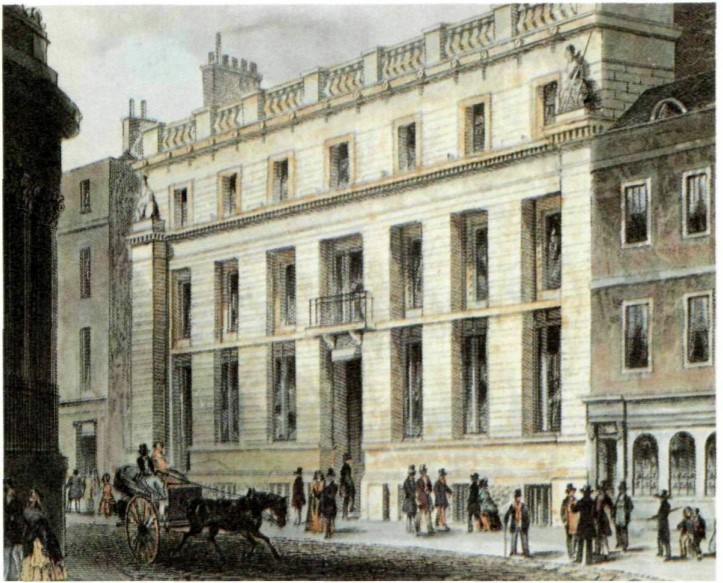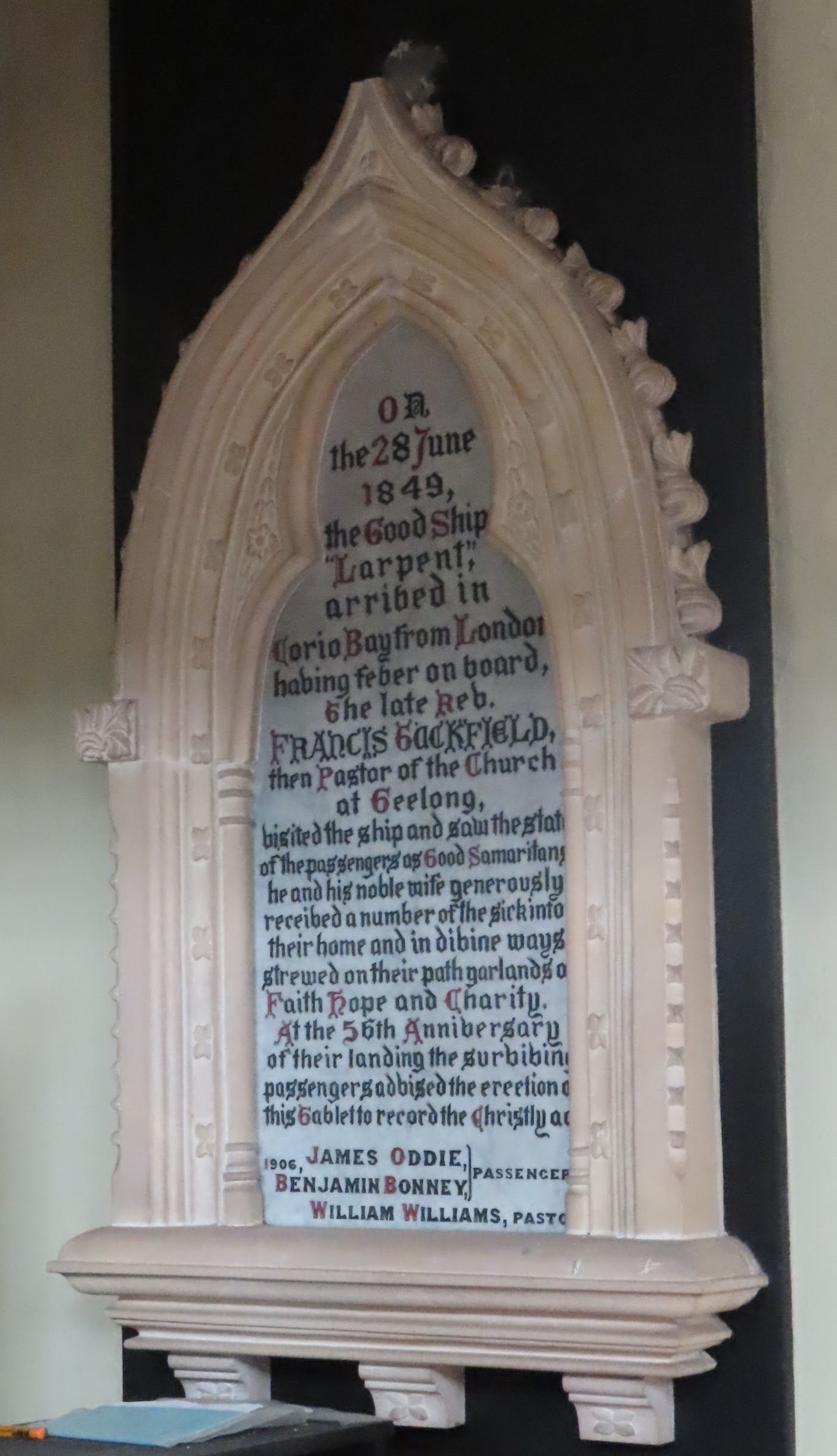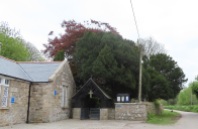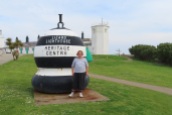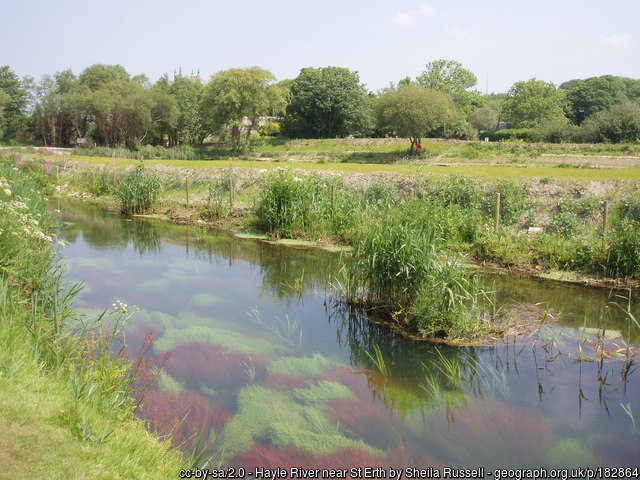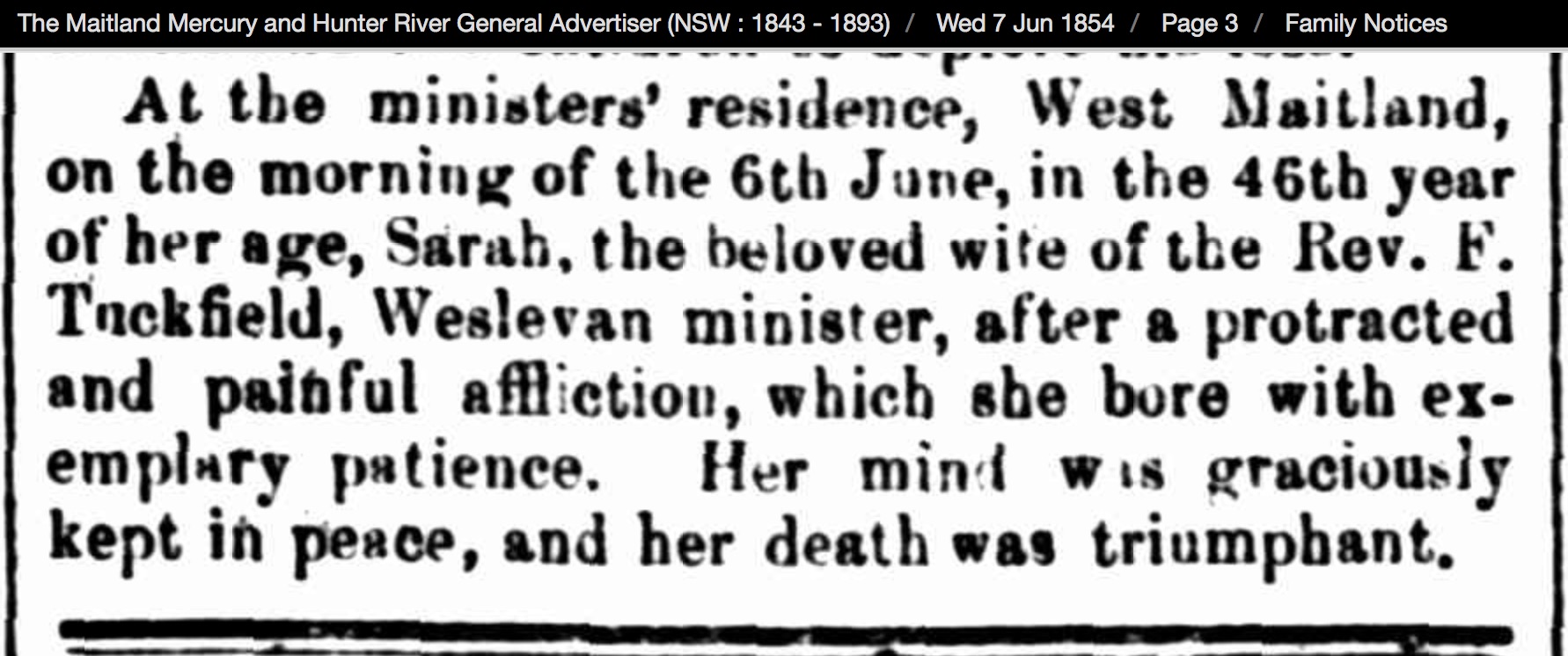One of my husband Greg’s fourth great aunts was a Cornishwoman, Sarah Tuckfield née Gilbart (1808-1854).
Sarah and her twin sister Thomasine were born on 22 July 1808 at St Erth, a sand and clay mining town about 5 km from St Ives. They were the seventh and eighth children of John Gilbart (1761-1837) and Elizabeth Gilbart née Huthnance (1774-1847).
John Gilbart was manager of a copper rolling mill at St Erth. He had been a member of the first Copperhouse Methodist Society (Copperhouse was a foundry and its associated district in east Hayle), and in 1783 he had founded the St Erth Methodist Class, the local Wesleyan group meeting.
Francis Tuckfield (1808-1865) was a miner and fisherman, who at the age of 18 was convinced by the truths of Methodist nonconformism. He became an active local preacher and in 1835, at the age of 27, was accepted as a candidate for the Ministry. He received two years training at the Wesleyan Theological Institution in Hoxton in London. On the completion of his studies Tuckfield was selected to be a missionary to the Aboriginals of the Port Phillip District (later became the colony of Victoria, Australia).
On 13 October 1837, less than a month before his departure, Sarah Gilbart and Francis Tuckfield were married at St Erth. They were then both 29 years old.
In March 1838 after a long sea voyage Francis and Sarah Tuckfield landed in Hobart, Tasmania. In July the Tuckfields crossed Bass Strait to Melbourne on board the Adelaide. Sarah’s first child, a daughter, was born at Geelong on 12 August 1838.
Tuckfield made several exploratory trips about the Port Philip district looking for a suitable place to establish a mission station. (He is said to have employed William Buckley as a translator on these journeys. Buckley was an escaped convict who for a time had lived with Aboriginals. He had since been pardoned and given a job as a government interpreter.)
In 1839 he chose a site near Birregurra, 10 km east of Colac. Governor Gipps granted the mission 640 acres, a square mile.
The Birregurra experiment, however, was rapidly deemed a failure by the Victorian Government. In 1848 it was abandoned, and in 1850 the mission grazing licence was cancelled.
Francis Tuckfield was afterwards appointed to a succession of churches, first in Victoria and later in New South Wales. On 6 June 1854 Sarah died at the age of 45 in West Maitland, New South Wales. She and Francis had eight children.
In 1857 Francis remarried, to Mary Stevens (1823-1886). Eight years later, in 1865, he died at Portland, Victoria.
Portraits of Francis and Sarah Tuckfield are held by the National Portrait Gallery in Canberra.
With only the bare facts of her life to draw on, it is very difficult to form an impression of Sarah Tuckfield the person. A history of the Birregurra mission portrays her as a dutiful daughter, devout Methodist, and devoted and capable wife and mother:
Sarah shared not only her father’s love of music and deep Christian conviction, but also his generous strength of character. She was a practical girl, who made an excellent teacher in the Sunday School, and was thoroughly trained in the housewifely arts by her mother. She also took an interest in the sick and incapacitated people in St Earth, who loved her for her kind ways and skills in nursing.
Le Griffon, Heather and Orton, Joseph Campfires at the cross : an account of the Bunting Dale Aboriginal Mission 1839-1951 at Birregurra, near Colac, Victoria : with a biography of Francis Tuckfield. Australian Scholarly Publishing, North Melbourne, Vic, 2006. page 18.
But this – no doubt well-meant – encomium gets us no further. ‘Love of music’ to a Methodist meant hymn-singing; ‘deep Christian conviction’ covers everything from humble faith to pharisaical self-righteousness; ‘generous strength of character’ sounds suspiciously like stubbornness; ‘thoroughly trained in the housewifely arts’ might mean a drudge; and her kind ways with the sick and infirm makes her look like the village Lady Bountiful.
Sarah’s marriage at the age of 29 to a penniless Methodist preacher and her willingness to endure the hardships of missionary life on the far side of the world seem rather noble and self-sacrificing, but these were the usages of the times. She was getting no younger, and her prospects, probably never great, were shrinking. Wives followed their husbands, and she perhaps found some satisfaction in being able to help with his missionary endeavours.
Sometimes, of course, images delineate character better than words. The National Portrait Gallery painting of Sarah Tuckfield conveys a certain measure of self-assurance and sense of purpose, especially when her image is viewed with that of her husband. The artist has drawn them with much the same mouth, giving her an air of steadfastness and strength of will; he looks feminine and ineffectual. He looks coyly at the viewer; she stares beyond, into the future.
We’re left wondering. Could it be that it was Sarah who turned the Cornish miner into the Methodist preacher, urged him to attend the Hoxton Institution, encouraged him to emigrate, and supported him in his mission?
Sources
- C. A. McCallum, ‘Tuckfield, Francis (1808–1865)’, Australian Dictionary of Biography, National Centre of Biography, Australian National University, http://adb.anu.edu.au/biography/tuckfield-francis-2747/text3887, published first in hardcopy 1967, accessed online 5 June 2018.
- Le Griffon, Heather and Orton, Joseph Campfires at the cross : an account of the Bunting Dale Aboriginal Mission 1839-1951 at Birregurra, near Colac, Victoria : with a biography of Francis Tuckfield. Australian Scholarly Publishing, North Melbourne, Vic, 2006.
- Wikipedia contributors. (2017, December 13). Gulidjan. In Wikipedia, The Free Encyclopedia. Retrieved 09:27, June 5, 2018, from https://en.wikipedia.org/w/index.php?title=Gulidjan&oldid=815258681
- “St.Erth Methodist Church.” St Erth Parish Council, St Erth Parish Council, 31 Aug. 2013, sterth-pc.gov.uk/st-erth-methodist-church/.
- “St. Erth Methodist Church.” About Us – St. Erth Methodist Church, St. Erth Methodist Church, www.sterthmethodists.co.uk/aboutus.htm.








